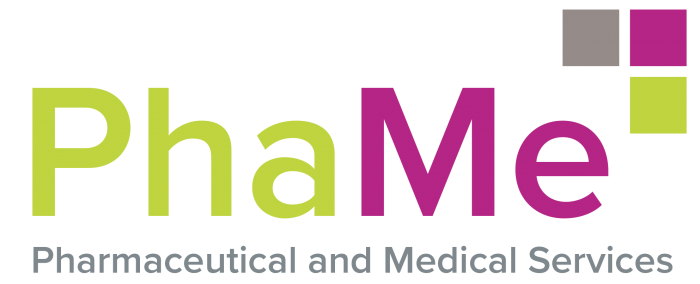PHAME attended to Topra’s Annual Symposium in Stockholm, 1-3 October 2018
EMA’s and HMA’s representatives brought interesting thoughts about the future priorities and presented the common strategy for European medicines regulatory network to 2020. The key priorities and challenges in addition to the global situation were subjects. New types of expertise will be needed with new technologies and changes in legislation aswell. Complexity of global supply chain was discussed. Would it be a good idea to have centralised medical devices?
Global collaboration and the work of both ICMRA (International Coalition of Medicines Regulatory Authorities) focusing on strategic discussion between heads of agencies and ICDRA (International Conference of Drug Regulatory Authorities of WHO member states) were presented and it gave information on what kind of global initiatives are ongoing.
The hottest topic was of course Brexit. EMA has prepared relocation to Amsterdam and at the same time continued all activities. A huge work has been already done by redistributing UK portfolio – new (Co)-Rapporteurs have been nominated to hundreds of centrally authorised human and veterinary medicinal products. New Rapps will take full responsibility as of 30 March 2019. Q&A for procedural guidance has been published and recently updated. Changes to UK located MAHs, quality control, batch release and/or import/manufacturing sites and QPPV or PSMF are needed. There is currently ”no deal” or Mutual Agreement in place between EU and UK after Brexit. However, according to the lecturers, common wish is to continue close partnership with UK after Brexit.
It is a concern that Brexit will cause availability problems. This is specially the case with medical devices due to major notified bodies being located in UK. These notified bodies will not exist after Brexit. It is time to take action and find the new notified body!
How does the new medical devices regulation MDR differ from the old directive MDD? Excellent examples, for instance of single integral product and substance based products, were presented in the common session for medicinal products and medical devices.
The development and enhancement of the use of electronic product information (ePI) was an important topic. It is essential for a patient to receive updated product information of the medicinal product as soon as possible. With a paper format package leaflet it takes in the worst cases years from the first signal of the needed change until the package leaflet is in the user’s pack due to long lead times. With electronic approach the latest product information will reach a patient quicker. In the Nordic countries the ePI is already available, at authority websites and in applications, for instance in Finland in Pharmaca Fennica, which is available to smart devices also. In the digitilized world it is time to update the legislation and move on with this approach and leave the paper format PLs out of the sales packages. For the most vulnerable patients the paper copies should be available in the future, of course.
There are many IT projects ongoing in EU – or telematics, as they say. A new standard for information IDMP – identification of medicinal products is done through SPOR. Substances, products, organisations and reference data are collected by using standardized terms. This will enable us in the future to make variations more efficiently and easily via updating information in one place, where it will flow to all places needed in the system – SmPC, PL, etc., like the Regulatory Optimisation Group (ROG) has suggested. The application form – eAF – will be done online by login to CESSP. The application forms will be replaced by application dataset module in the CESSP. This will minimise the work load via re-using data.
***
If you have any questions related to the topics discussed at Topra, please do not hesitate to contact Biocodex’s Regulatory Affairs team of experts. We welcome your comments!
Email us: regulatory@biocodex.fi


